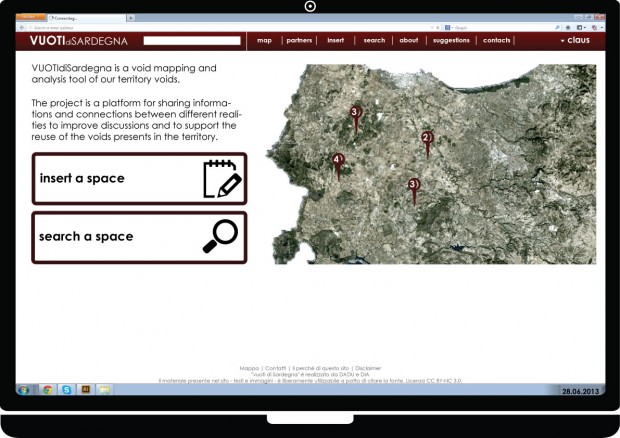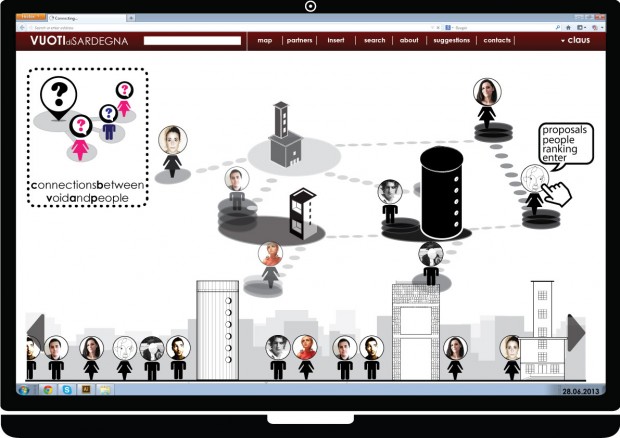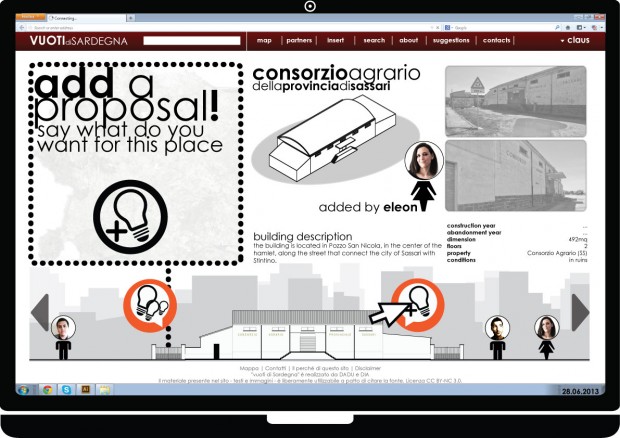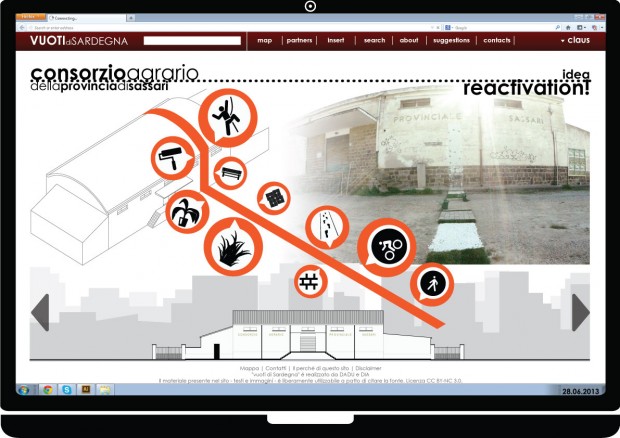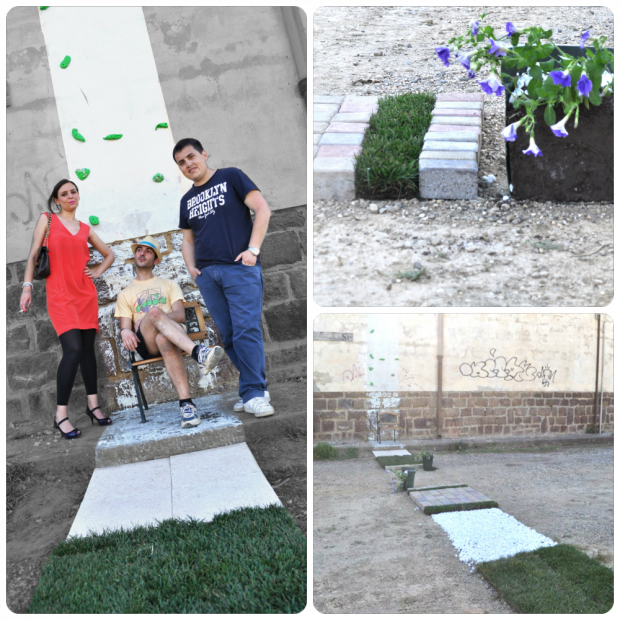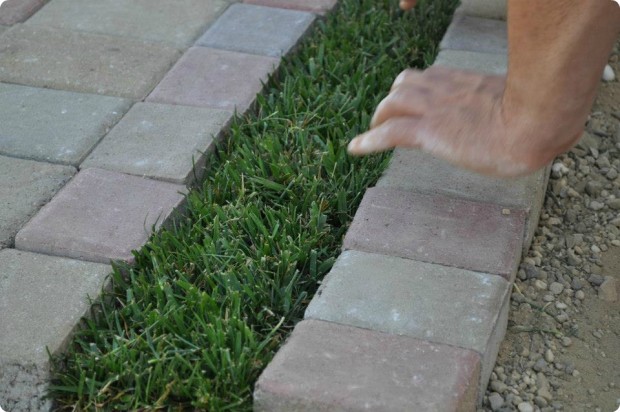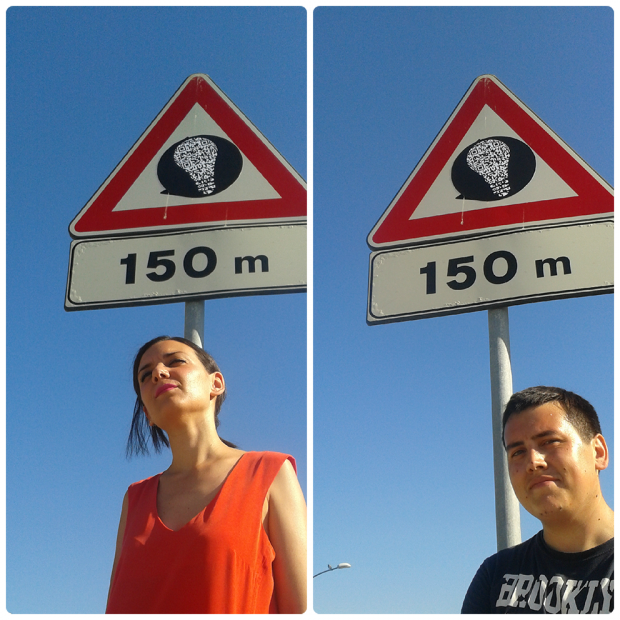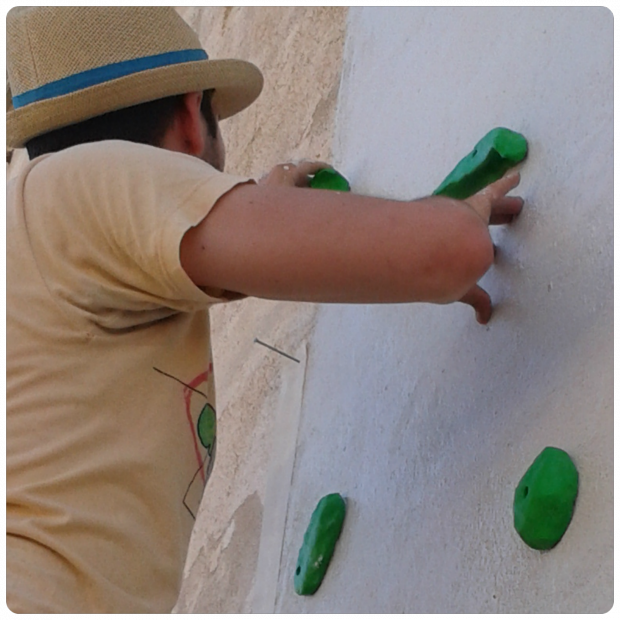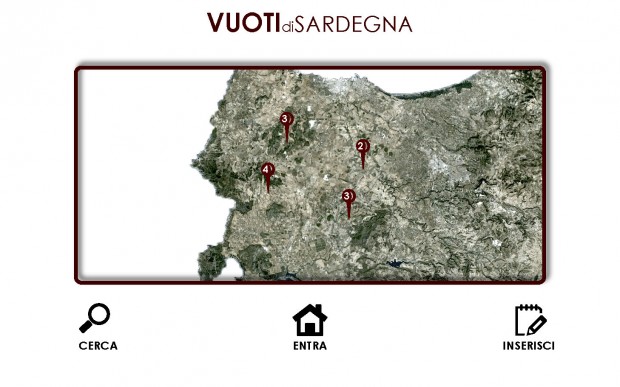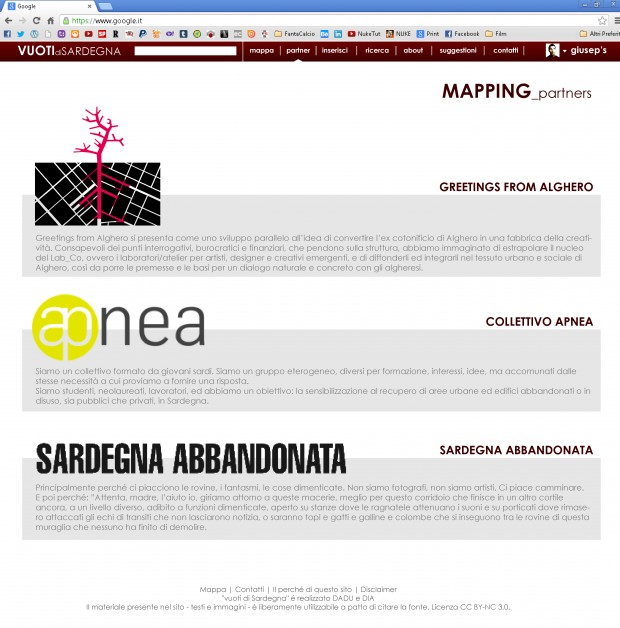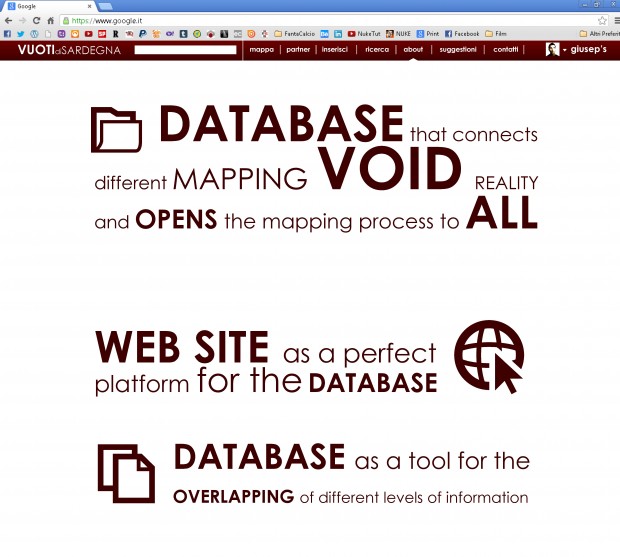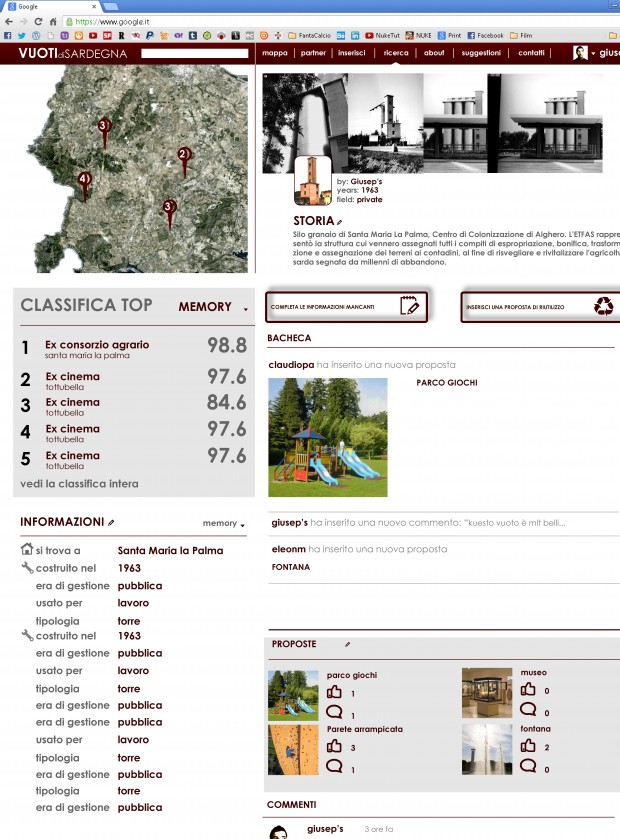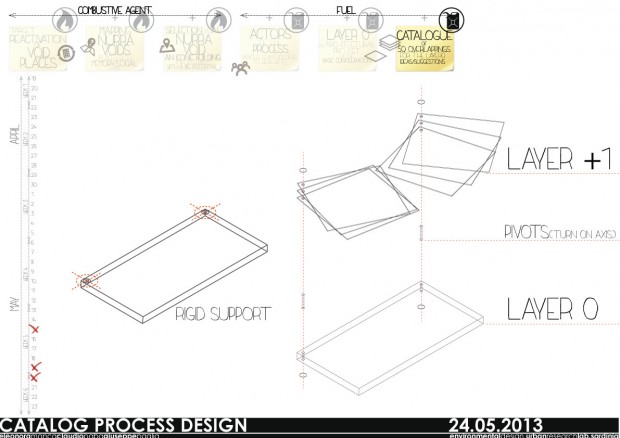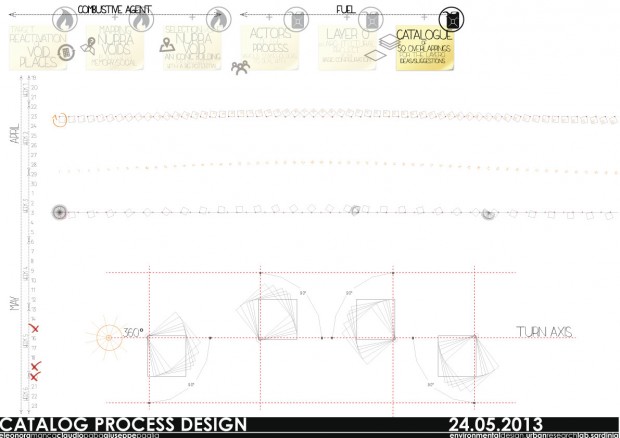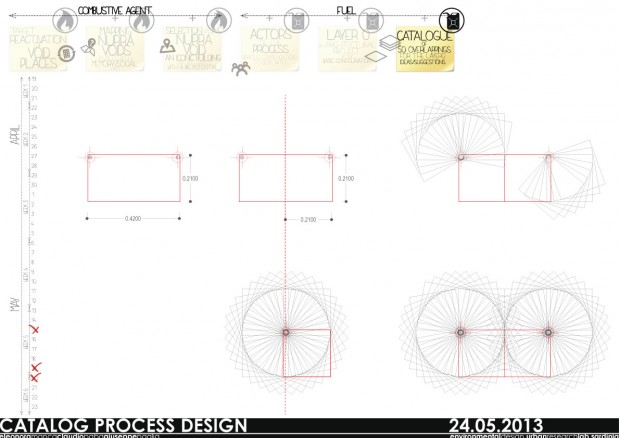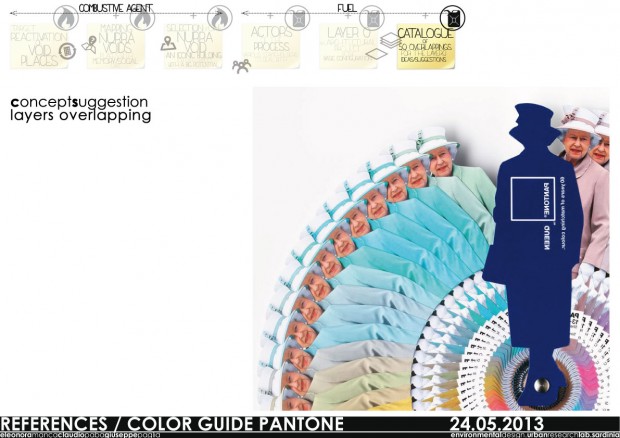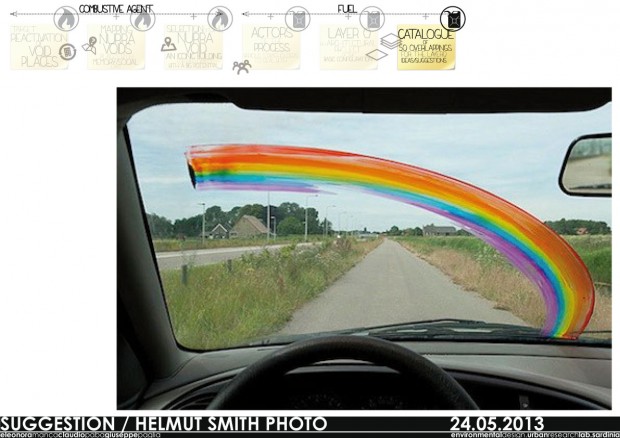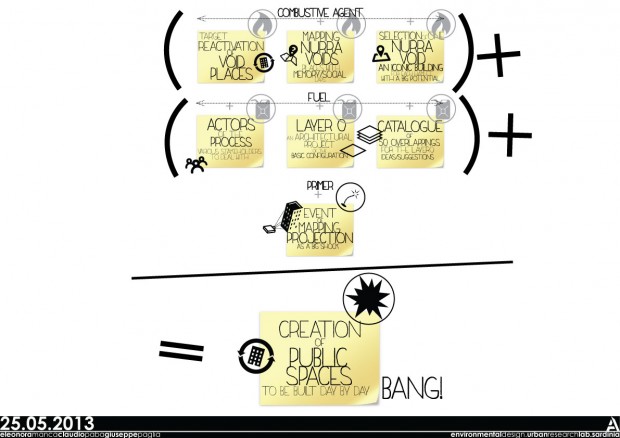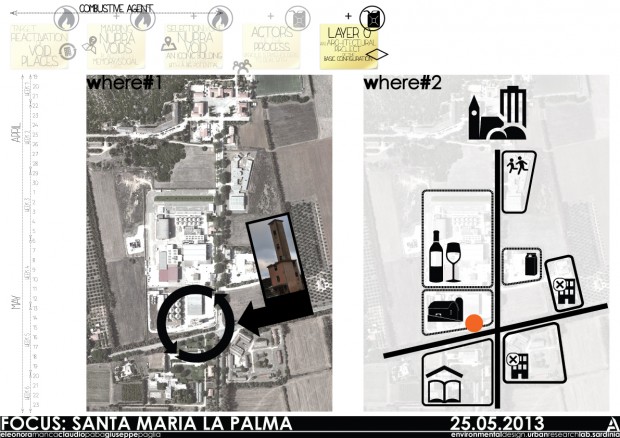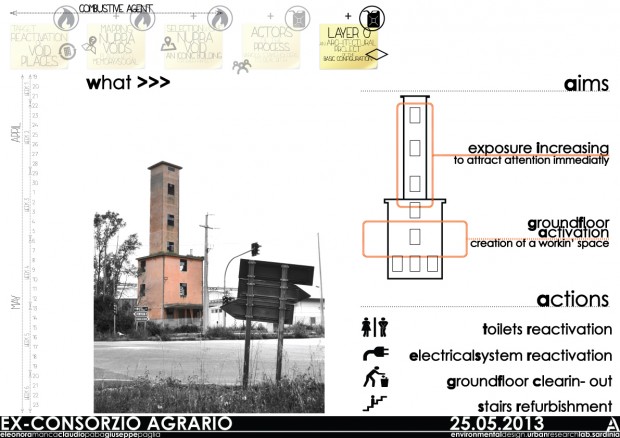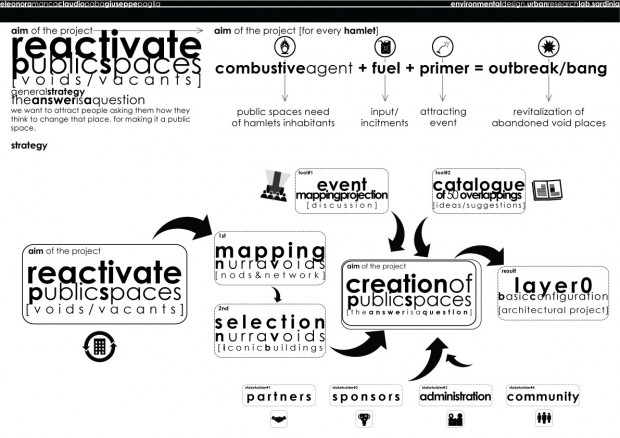Networked Urbanism
design thinking initiatives for a better urban life
apps awareness bahrain bike climate culture Death design digital donations economy education energy extreme Extreme climate funerals georeference GSD Harvard interaction Krystelle mapping market middle east mobility Network networkedurbanism nurra nurraempathy placemaking Public public space resources Responsivedesign social social market Space time time management ucjc visitor void waste water Ziyi
void
The project aims to enliven multiple elevational voids of the city of Muharraq, engaging various users who bring an array of programs over a continuously evolving spectrum of time.
As the city of Muharraq contains urban voids, the voids in plan also create elevational voids that expose blank wall facades. These blank facades, composed of brick or concrete walls, reflect sunlight to heat the city, especially with the current programmatic function as parking lots.
The project works with the juxtaposition of a light new scaffold structure against heavy existing solids. The public realm becomes an ongoing project that gets built up or down according to the user’s own needs. A set of users, all with different occupations, age group, and gender, can easily building up their own stall according to an ikea-like set of procedures. The accumulation of these stall-scaffolds can create an elevational market space, theater, or educational facility according to the user’s needs in different times of the year. Addressing the locale, the construction and deconstruction is part of the process of making the public space, the time and effort both an architectural construct. The narrowness of the scaffolds and the delicate textile skin are reminiscent of the old Meshirabyas, a balcony-type of finely detailed artifice. As its Arabic root of the word Meshirabya suggests “the place of drinking,” the project acts as a shade or screen with allows breeze to enter and create a cooled area for filtration and concoction of water as well as traditional beverages like Limonana, or Mint Lemonade.
These scaffolds bring life to the adjacent rooftops, creating a network of new public arena that continues the Arabic tradition of living in verticality. A newly established visual network will not only infill the elevational voids to reduce heating, but also activate the locale to create proximate destinations for people to sell, buy, or socialize. Each of these sites will respond with different programmatic functions over courses of years. Depending on their traditional character of the neighborhood, programs could range from a market in the Suq neighborhood to a space of worship and prayer near the Mosque. The multiplicity of program as a respondent to the locale of the place situates program on an underlying level of necessity. Program emerges from the needs of the users.
After our work resume, here’s our video for VUOTIdiSardegna, the Social Database for abandoned places in Sardinia.
VUOTIdiSardegna is a social database born to map the Voids present in the Nurra territory and in the rest of Sardinia, and to attract attention on them giving proposals about their possible future.
The project begins from the topic of the Void and its possible interpretations. After analyzing the Void concept in culture, art and architecture, we developed a personal vision of the Void culminated in the “City of Voids”, an ideal city where every cluster corresponds to a different Void declination; in general, the Void is conceived as dynamic and moving. The advancement consists in the Void research in the Nurra region; we investigated the Nurra history and we went to the different hamlets to meet people, in order to understand how they feel the Void in their own territory: the result is the presence of the Memory Void in a context of Social Void. This outcome brought us to categorize these Voids as Potential Voids.
After the previous result and a deep research about the importance of building regeneration , we began the Void mapping, that led to VUOTIdiSardegna. The website is a platform that connects the different mapping voids realities already existing, and operating in the territory; the aim is to create the most complete database about abandoned places in Sardinia, thanks to the work of organizations like SardegnaAbbandonata and of every person and association, public and private, interested in contribute to the project. In fact, it’s a totally open website and this allows everyone to participate to the mapping process and the database construction, a social database because every attendee becomes a user linked with the voids and the other users.
VUOTIdiSardegna is set up as a tool thanks to which it’s possible to obtain different information layers about the Voids and make overlaps with them. In this way, the website facilitates the Voids use, in facts it connects empty space availability with any people need compatible with them. VUOTIdiSardegna is configured as a triple network: the Voids network, the Users networ and the Ideas network; they’re interconnected each other.
For every Void, it’s possible to see who are the users connected with it; for every user, it’s possible to see what proposal he made for that Void and for the others, and so on, in order to have connections and links between people, the Voids they mapped and the ideas they have for those Voids. In particular, every Void has its own page, where everyone – after the registration to the website and becoming a user – can make 5 simple actions:
- Add infos about the Void, contributing with images, videos and general informations
- See proposals made by other users for that Void
- Add proposals saying what the user wants for that place
- See what’s around, a list of similar examples
- See the action that was made for that void
Focusing on the action, it’s a kind of intervention on the building, in order to show a possible new life for it. In particular, our action shot for the Consorzio Agrario building in Pozzo San Nicola, a village depending on the Stintino Municipality. Since it was impossible to refresh the whole building with no resources, we provided to reactivate just a strip of it with different operations along: wall whitewash, climbing wall, a bench, the greengrass, a flooring, a bricks flooring, a path, a bikepath and the sidewalk refurbishment.
In a 80 cm strip, we gave a snapshot of a possibility for the abandoned building. The hope is to make Nurra (and Sardinia) inhabitants aware of the importance of these places, for the memory that they carry on and for their worth not only in the past but also in the future.
Actually, the website is working. It’s a testing phase and it will be followed by its implementation. We guess that it could really represent an important tool for Sardinia and for Sardinian people.
Something has been built…
…in Pozzo San Nicola.
something happened…
…in Pozzo San Nicola
We have just to decide between one of these four hypothesis!
Any suggestion???
The workingprogress of the new website for the void of Sardegna
developing with https://drupal.org/
Following our general concept, here we focus on a single project tool: a catalogue of 50 ideas.
This catalogue grows out of an overlapping process, ultra-layers to apply to a basic configuration (layer O); physically is a book that plays with a rotation and overlapping of trasparent layers.
it’s time to recap our last weeks work!
first of all, this is an updated diagram of our intervention strategy:
here it’s possible to find the same concepts explained in our last post weekly update with new entries and a new set-up.
in particular, after the interviews and the void mapping and selection, here we present the first idea for the LAYER O focused on Santa Maria La Palma’s Consorzio Agrario:
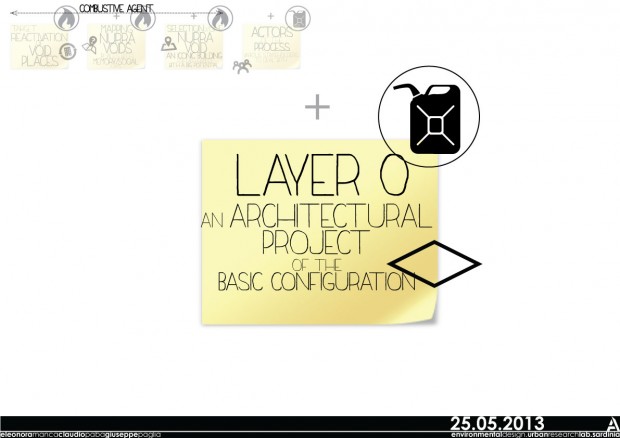
After our last step (shown in this post: http://networkedurbanism.com/posts/searching-the-void/), here we introduce our work update.
In the diagram you can see the general concept of our idea and the strategy developed to reach our aim. We started looking for the voids inside the Nurra territory and we found them, especially memory and social voids. We made a selection, finding the ones with a big potential (one for each hamlet): there, we’ll try to reactivate them as public spaces. In the diagram you can see the stakeholders involved, starting from the community as the first “actor” of the process. In order to attract communities in these abandoned places, we’ll make them a simple answer: “what do you want for that? what could it become?”; our input is a simple design project, called “layer 0”, where could be possible to overlap 50 different solutions of public spaces but studied for that particular place. The shock will be given by a performance of mapping projection, where people will be encouraged to give their first feedback about their thoughts relating to that void.
1 2 Next »

